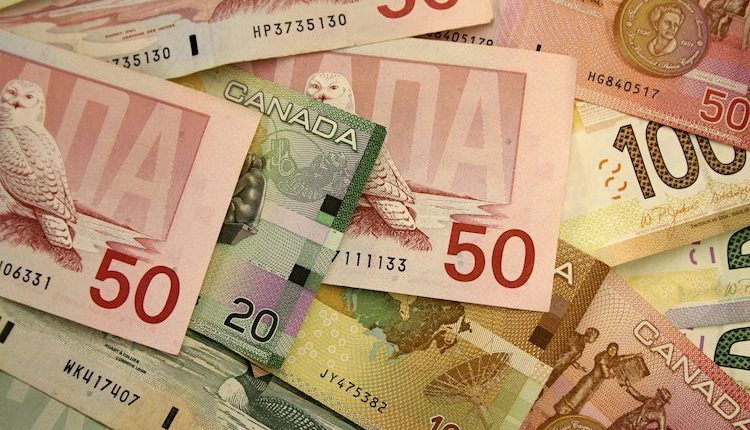- USD/CAD trades with positive bias for the third straight day and climbs to a fresh multi-year top.
- Bets for a larger BoC rate cut and a modest downtick in Crude Oil prices undermine the Loonie.
- A subdued USD price action caps the pair ahead of the US CPI and BoC decision on Wednesday.
The USD/CAD pair touches a fresh high since April 2020 during the Asian session on Tuesday, though it lacks follow-through buying and remains below the 1.4200 round-figure mark. The near-term fundamental backdrop, meanwhile, seems tilted in favor of bullish traders and suggests that the path of least resistance for spot prices remains to the upside.
The Canadian Dollar (CAD) continues to be weighed down by bets for a larger interest rate cut by the Bank of Canada (BoC) on Wednesday, bolstered by a jump in the domestic unemployment rate in November. Apart from this, a modest downtick in Crude Oil prices undermines the commodity-linked Loonie and acts as a tailwind for the USD/CAD pair, though the lack of follow-through US Dollar (USD) buying caps the upside.
The US Nonfarm Payrolls (NFP) report released on Friday reaffirmed bets that the Federal Reserve (Fed) will cut interest rates in December. This, in turn, keeps the US Treasury bond yields depressed near October lows and caps the post-NFP USD recovery from a nearly one-month through. However, expectations for a less dovish Fed should help limit any meaningful USD losses and offer some support to the USD/CAD pair.
Traders, meanwhile, might refrain from placing aggressive directional bets ahead of the key US macro data and the central bank event risk. The US Consumer Price Index (CPI) report is due for release on Wednesday and should offer cues about the Fed’s rate-cut path, which will drive the USD demand. Adding to this, the BoC policy decision, also on Wednesday, will determine the next leg of a directional move for the USD/CAD pair.
Economic Indicator
BoC Interest Rate Decision
The Bank of Canada (BoC) announces its interest rate decision at the end of its eight scheduled meetings per year. If the BoC believes inflation will be above target (hawkish), it will raise interest rates in order to bring it down. This is bullish for the CAD since higher interest rates attract greater inflows of foreign capital. Likewise, if the BoC sees inflation falling below target (dovish) it will lower interest rates in order to give the Canadian economy a boost in the hope inflation will rise back up. This is bearish for CAD since it detracts from foreign capital flowing into the country.
Read more.
Next release: Wed Dec 11, 2024 14:45
Frequency: Irregular
Consensus: 3.25%
Previous: 3.75%
Source: Bank of Canada
Read the full article here

